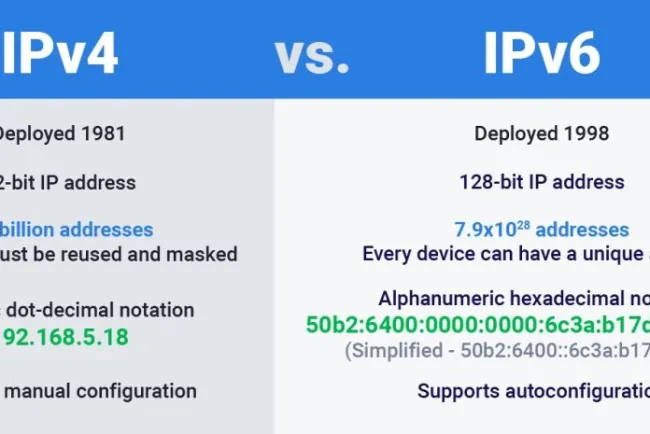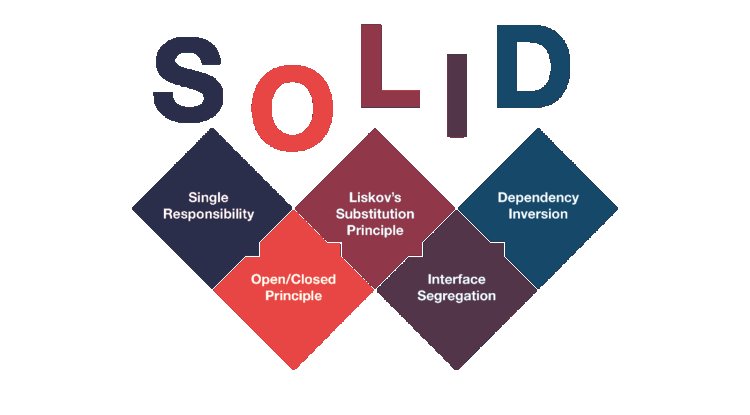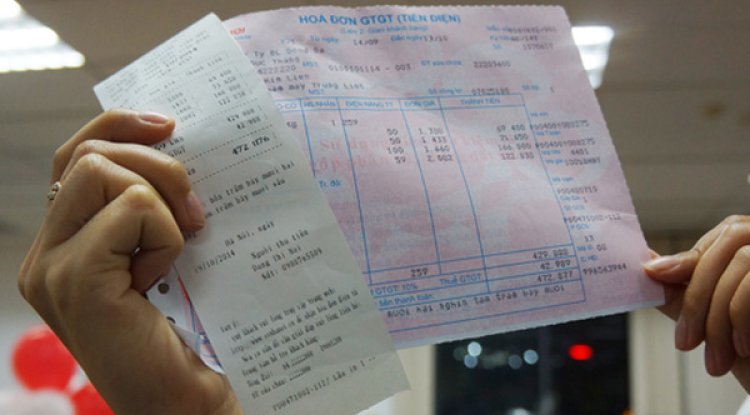Sublime Text Regular Expression Cheat Sheet

A cheat sheet about regular expressions used in Sublime Text.
Special characters
| expression | Description |
|---|---|
. |
Match any character |
^ |
Match line begin |
$ |
Match line end |
* |
Match previous RE 0 or more times greedily |
*? |
Match previous RE 0 or more times non-greedily |
+ |
Match previous RE 1 or more times greedily |
+? |
Match previous RE 1 or more times non-greedily |
? |
Match previous RE 0 or 1 time greedily |
?? |
Match previous RE 0 or 1 time non-greedily |
A|B |
Match either RE A or B |
{m} |
Match previous RE exactly m times |
{m,n} |
Match previous RE m to n times greedily |
{m, n}? |
Match previous RE m to n times, non-greedily |
Character set
| expression | Description |
|---|---|
[abc] |
Match either a, b or c |
[^abc] |
Match any character not in this set (i.e., not a, b and c) |
[a-z] |
Match the range from a to z |
[a-f2-8] |
Match the range from a to f or the range from 2 to 8 |
[a\-z] |
Match a, - or z |
[a-] |
Match a, - |
[-a] |
Match -, a |
[{}*|()[]+\^$.?] |
Match either one of the chacters in []{}*|()+^$?. |
- Note that you can also use character class inside
[], for example,[\w]matches any character inwordcharacter class.
Character class
“Multiple character” character class
An expression of the form [[:name:]] matches the named character class name.
| class name | Description |
|---|---|
alnum |
Any alpha-numeric character |
alpha |
Any alphabetic character. |
digit |
Any decimal digit. |
xdigit |
Any hexadecimal digit character. |
lower |
Any lower case character. |
upper |
Any upper case character. |
cntrl |
Any control character1. |
print |
Any printable character. |
punct |
Any punctuation character. 2 |
space |
Any whitespace character. 3 |
word |
Any word character (alphanumeric characters plus the underscore). |
Note: To use upper and lower, you have to enable case sensitve search.

“Single character” character class
| class name | Description |
|---|---|
\d |
Equal to [[:digit:]] |
\l |
Equal to [[:lower:]] |
\u |
Equal to [[:upper:]] |
\s |
Equal to [[:space:]] |
\w |
Equal to [[:word:]] |
\D |
Equal to [^[:digit:]] |
\L |
Equal to [^[:lower:]] |
\U |
Equal to [^[:upper:]] |
\W |
Equal to [^[:word:]] |
Regex groups
Defining capture groups
| expression | Description |
|---|---|
(?<NAME>pattern) |
Define a regex group named NAME which you can later refer to with \g{NAME} |
(?=pattern) |
Positive lookahead, consumes zero characters, the preceding RE only matches if this matches |
(?!pattern) |
Negative lookahead, consumes zero characters, the preceding RE only matches if this does not match |
(?<=pattern) |
Positive lookbehind, consumes zero characters, the following RE will only match if preceded with this fixed length RE. |
(?<!pattern) |
Negative lookbehind, consumes zero characters, the following RE will only match if not preceded with this fixed length RE. |
Refering to matching groups (capture groups)
| expression | Description |
|---|---|
\1 |
Refer to first regex group |
\g{1} |
Refer to first regex group |
\g{12} |
Refer to 12th regex group |
\g{-1} |
Refer to last regex group |
\g{-2} |
Refer to last but one regex group |
- The regex groups are indexed by the order of their opening braces.
- Note the
\g{NUM}form allows for matching regex group index larger than 9, for example,\g{12}.
Miscellaneous
Escapes
| class name | Description |
|---|---|
\xdd |
A hexadecimal escape sequence - matches the single character whose code point is 0xdd. |
\x{dddd} |
A hexadecimal escape sequence - matches the single character whose code point is 0xdddd. |
Word boundaries
The following escape sequences match the boundaries of words:
| class name | Description |
|---|---|
\< |
Matches the start of a word. |
\> |
Matches the end of a word. |
\b |
Matches a word boundary (the start or end of a word). |
\B |
Matches only when not at a word boundary. |
References
- https://www.boost.org/doc/libs/1_44_0/libs/regex/doc/html/boost_regex/syntax/perl_syntax.html
- http://docs.sublimetext.info/en/latest/search_and_replace/search_and_replace_overview.html
- https://github.com/stajahlee/sublime-cheat-sheets/blob/master/cheat-sheets/Regular%20Expressions.cheatsheet
- Character class
The title image is taken from here.
-
Control character explanation: https://en.wikipedia.org/wiki/Control_character ↩︎
-
There are 14 punctuation marks in English: https://grammar.yourdictionary.com/punctuation/what/fourteen-punctuation-marks.html ↩︎
-
For whitespace characters, see https://en.wikipedia.org/wiki/Whitespace_character ↩︎
Author jdhao
LastMod 2022-11-09
License CC BY-NC-ND 4.0
References
https://jdhao.github.io/2019/02/28/sublime_text_regex_cheat_sheet/













